- Y.SH
- information
- 5673 views
- 2 comments
You will find countless wonders in the world of tea, whether you are a purist or a beginner! Can you believe that all the different types of tea come from the same mother plant?! Hundreds of teas are available, allowing everyone to find their favorite, from the richness of Black tea to the spiciness of Turmeric Tea.
Table Of Content
- Black Tea the Most Popular Type of Tea
- Green Tea the Healthiest Kind of Tea
- Masala Tea the Flavoured Tea Variety
- White Tea an Amazing Type of Tea
- Matcha Tea the Most Trendy Tea Type
- Oolong Tea another Popular Tea Variety
- Herbal Tea with Various Types
- Rooibos Tea the other Favoured Kinds of Tea
- Tea Varieties Review by CyrusCrafts
Nearly 80 percent of all U.S. and Canadian households keep some form of tea on hand, and nearly half the population drinks it daily—a figure that has grown steadily over the last several years.
Tea is the most widely consumed beverage on earth, after water. One can trace its history back to ancient Asian cultures, where it was first produced and used in religious ceremonies. Over centuries, tea has evolved from an obscure beverage with medicinal properties into a widely embraced consumer product now available in numerous forms and flavors.
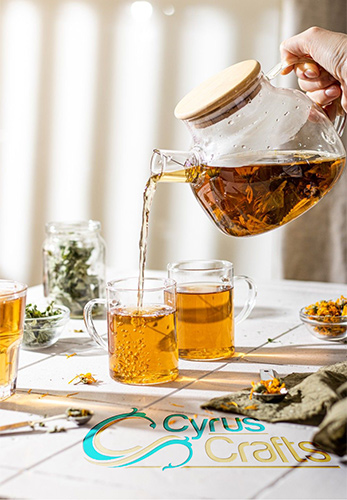
When we consider the wide range of tea varieties available, we can see the versatility of tea. The factors that set different tea varieties apart and make them unique are the amount of processing and oxidation (amount of time spent in the air) the leaves have undergone.
Oxidation is a natural decomposition process that occurs once the tea leaves—or any fruit or vegetable—are plucked and left to react with environmental oxygen. Processing techniques such as cutting, rolling, and crushing help speed up this reaction by exposing more of each leaf's surface area.
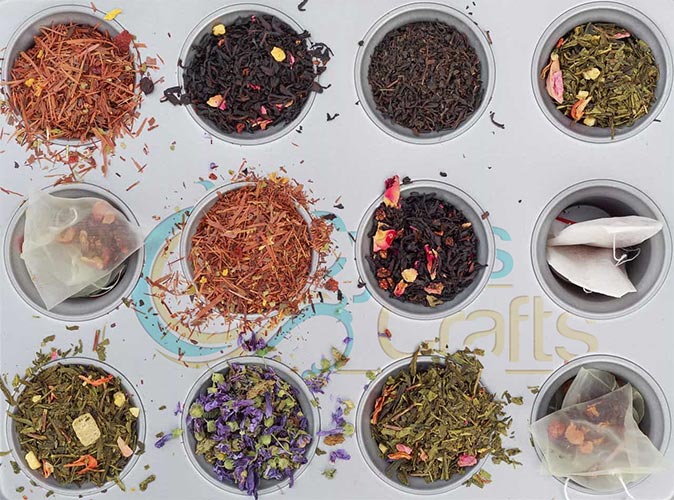
There are many different tea varieties with different unique flavors and health benefits. In this blog, we will examine the various types of tea and their origins. We'll also discuss how they affect your health and suggest which flavors might suit certain individuals.
Black Tea is the Most Popular Type of Tea
In many countries, black tea is the most popular tea consumed. The dark color of black tea leaves is due to the oxidation process by which they are made. There are five steps in making this type of tea. Oxidizing the leaves at temperatures above their normal range and for longer periods than normally required during fermentation. Thus imparting a smoky flavor to those who drink it. The process includes picking the leaves and either hand rolling or mechanically bruising them, which helps release enzymes and begin oxidation. The essential oils in tea will undergo oxidation when they are exposed to air. This process produces tannins that result in a richer flavor and darker hue. It is also important to note that Persian black tea contains a higher concentration of caffeine than other teas (though the amounts are still not as much as in coffee).
Today, a large part of northern Iran along the shores of the Caspian Sea is suitable for black tea cultivation. It has been estimated that over 30 percent of all tea produced in Iran comes from Gilan province on its mountainous slopes—which also happens to be one of the most beautiful places I have ever seen!
Iranians love tea and have been drinking it for centuries. Châikhānes (tea houses) are a part of the social fabric—places where old friends meet to talk over a cup of steaming hot Darjeeling or Persian blend.
Cyrus Crafts; Luxury & Unique Products

Types of Black Tea
To brew Persian black tea style, you need loose-leaf tea. Black loose-leaf tea is what Iranians use to brew tea at home. My favorite is Ceylon tea because of its deep red color and subtle flavor. Other black teas, such as English breakfast or Irish tea, work.
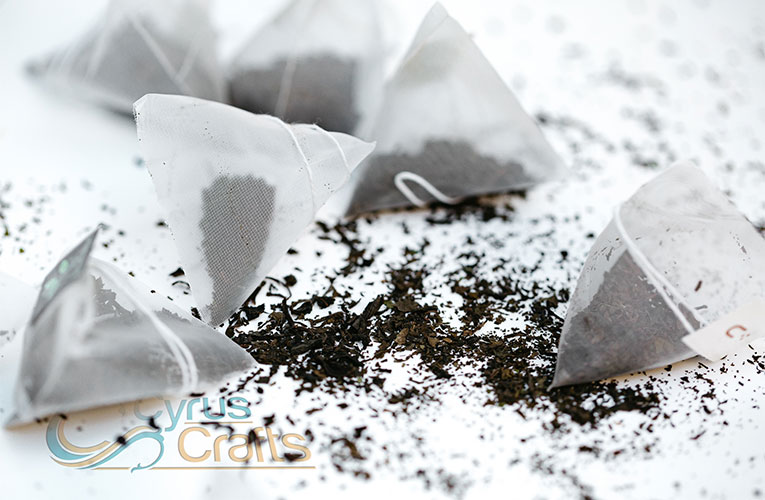
In Iran, where saffron, cardamom, and roses are grown in abundance, it's hard for people to drink plain tea. Iranians often add spices like these to their loose-leaf tea before brewing:
Saffron
A few saffron threads go a long way—add them to the teapot when you add water.
Cardamom
Add two broken cardamom pods to the tea in the teapot before pouring water on it. Persian cardamom tea is trendy in Iran.
Rose
Add a few dried rosebuds to the tea for a subtle floral flavor. Or add some rose water to the tea.
Cinnamon
A widespread addition to Persian tea, a small cinnamon stick gives a nice flavor. Add the stick when preparing your brew and let it steep with the rest of the ingredients for maximum effect.
How to Make Persian Black Tea?
All you need is a china teapot, loose black tea, cardamom pods, and rose petals.
- Place a generous amount of loose tea into the teapot and crush cardamom seeds slightly in your palm before adding them to the pot. Add boiling water, then let steep for five minutes before drinking.
- While the water is coming to a boil, put the lid back onto your teapot and place it on top of your kettle or samovar so that the tea inside stays warm while you wait.
- Persian tea takes about 15 – 20 minutes to be ready for serving.
After making Persian black tea, you should serve it, and it's better to serve it in handmade Persian tea sets to give your guests a welcoming sense. Click on the following picture to visit unique handmade tea sets.
Green Tea the Healthiest Kind of Tea
Green tea production endeavors to avoid the oxidation of the tea leaves to retain their natural green color and fresh flavor. This tea has a more delicate flavor than black tea and often brews up pale green or golden in color. Green tea has gained popularity as a health drink and is now consumed by many for its purported weight loss properties. This tea has low caffeine content. Green tea is harvested and immediately either steamed or pan-fired to halt oxidation. Stopping oxidation soon after harvest gives green tea leaves their bright green color and light, vegetal taste. The tea leaves are then rolled or pressed into their final shape and dried. When the leaves are processed this way, they keep a high concentration of antioxidants and vitamins—which accounts for the beverage's many health benefits. Some drink it plain; others add lemon or sweetener but not milk. Iranians often enjoy drinking green tea with Iranian sweets such as Gaz and Sohan.
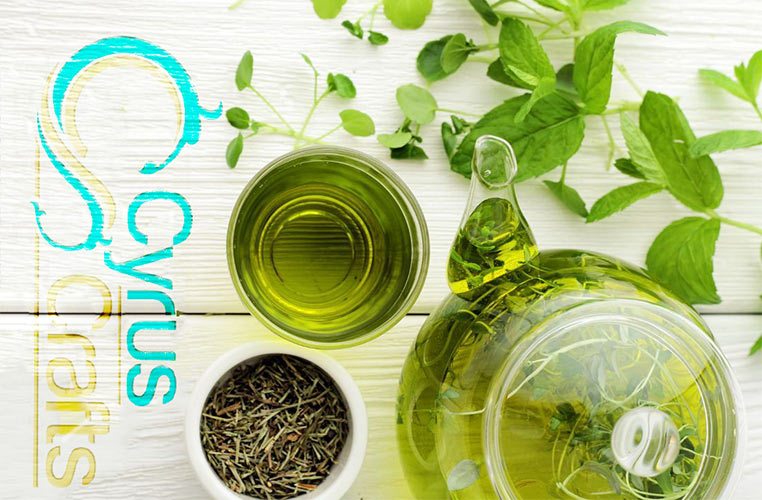
Different Types of Green Tea
About 20 different types of green tea exist today, and their distinctive characteristics (such as strength or aroma) come from the environment in which they were grown and how they were dried. Some examples include:
- Japanese Sencha Green Tea
- Matcha Green Tea
- Jasmine Green Tea
- Genmaicha Green Tea
- Gunpowder Green Tea
- Longjing (Dragon Well) Green Tea
- Gyokuro Green Tea
- Mint Green Tea
Masala Tea the Flavoured Tea Variety
Masala tea is trendy, owing to its taste and aroma. It is widely believed that one cup of masala tea can prevent various kinds of illnesses and keep you healthy. Masala tea combines several ingredients, including cardamom, ginger, cinnamon, black pepper, and cinnamon. Every manufacturer and tea connoisseur will have its own blend of ingredients for masala tea, which means that no two cups of masala chai will be the same. That being said, the essential ingredients remain much the same. In America, the ingredients and preparation methods differ from traditional masala chai. The name of this drink has also changed to "chai" or even "chai tea," which is a bit misleading. "Masala chai" literally translates to "spiced tea," and "chai" means "tea." So the phrase is actually redundant: it should be written as just one word—"masala."
Although masala chai is relatively unknown in America, the drink has gained respect and popularity among some American consumers. As people become more interested in high-quality teas, they will likely demand better versions of masala chai. In recent years, the popularity of chai tea lattes and a masala-flavored drink called dirty chai has grown considerably in Western coffee shops.
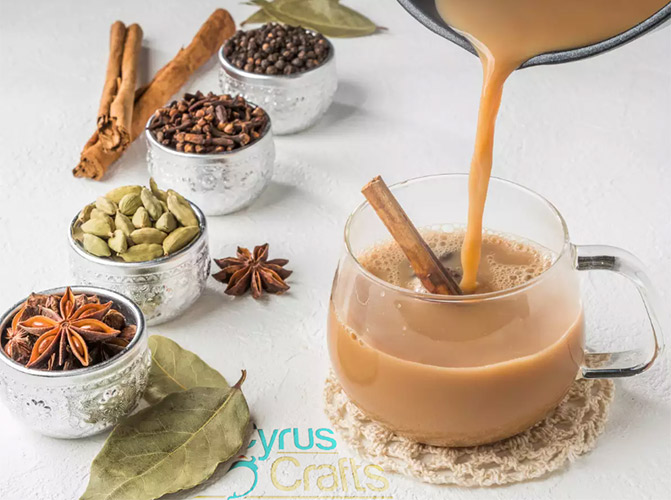
White Tea an Amazing Type of Tea
White tea is a delicate, minimally processed tea that is highly sought after by connoisseurs and enjoyed by experts and novices alike. White tea has a light body and a mild flavor with a crisp, clean finish. White tea tends to be very low in caffeine, although some silver-tip teas may be slightly higher. This tea is made from the new buds and young leaves of the Camellia sinensis plant. This gives it a delicate flavor profile compared with other teas—the silver hairs on those parts account for its whitish hue. After harvesting, the buds and leaves are steamed or fried to stop oxidation. Then, they dry for several days until no moisture remains in them at all.
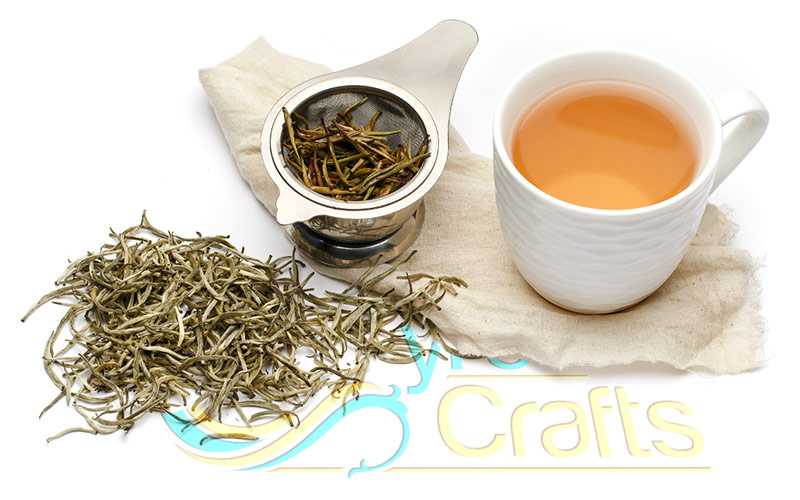
Matcha Tea the Most Trendy Tea Type
Matcha is made from a tea plant that has been shaded for at least three weeks before harvest. The shading process increases the chlorophyll in the plants, which gives them their characteristic deep-green color. It also contains caffeine and l-theanine, which contribute to the unique umami flavor of the tea. The leaves are immediately steamed after harvest to halt oxidation, a chemical reaction that causes food or drinks to deteriorate over time. When the leaves are dried and shaped like green tea, they become Gyokuro. To make matcha from these leaves, they are ground into a fine powder by stone or electric grinders.
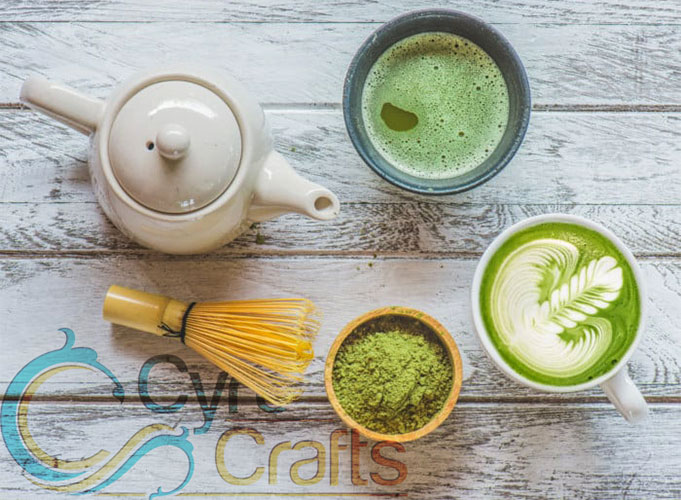
Oolong Tea another Popular Tea Variety
Unlike black or green teas, Oolong tea has an oxidization level ranging between 15 and 80 percent. Interestingly, oolong's oxidation level falls right in the middle of those two other types of tea. Oxidation ensures that oolong tea is more complex and richer than green but not as robust as black. The same five-step process used to make other teas—including black—is followed in making oolong; however, the leaves are oxidized less during their processing, leading to a unique flavor.
Oolong teas, such as Milk Oolong, are grown from exceptional varietals of the tea plant and cultivated over many years to impart unique flavors. After harvesting and wilting (exposing leaves briefly to air so they're less pliable), oolongs undergo partial oxidation. Depending on the type of oolong tea, it may be partially or fully oxidized to a point close enough to black tea that hand shaping is necessary before drying and packaging.
Herbal Tea with Various Types
Although widely known as "tea" and often prepared with a tea kettle, herbal teas are not the same plants or products as true teas made from camellia Sinensis. In addition to the above, several other plants may also be used in making herbal infusions referred to as tea by some people; however, purists maintain that these drinks should not be called "tea" but rather something else.
Fruit teas are made from natural fruits and contain a high level of antioxidants. They do not have the overpowering sweetness of sugar drinks and so won't keep you awake at night—making them ideal for people who want to drink something before bed. They can also be used to make iced tea, making them a healthier alternative to fizzy drinks and fruit juices. Herbal teas are composed of a blend of different herbs and spices. There are a wide variety of herbal teas, including single-ingredient teas like Peppermint and Chamomile and creative blends like Lavender Lullaby and Atomic Gold.

Type of Herbal Tea
Just like there are many types of true tea, there are also plenty of different kinds of herbal teas.
Flower Teas
Flower teas are aromatic and lovely, but many have properties that soothe or invigorate.
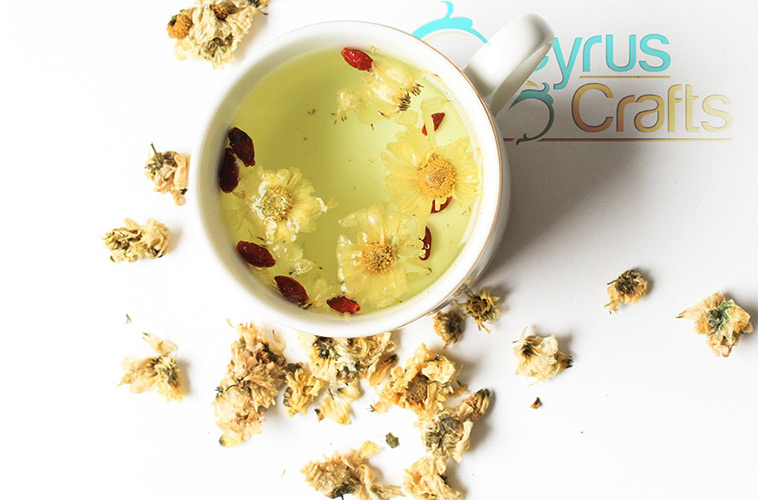
Camomile Tea
Camomile tea is an herbal beverage made from dried flower heads of the Chamomilla genus and has proven to be an effective antioxidant. For example, the blue butterfly pea flowers grown in Thailand are a source of antioxidants (anthocyanin). Adding lime juice to this tisane turns it into a beautiful purple.
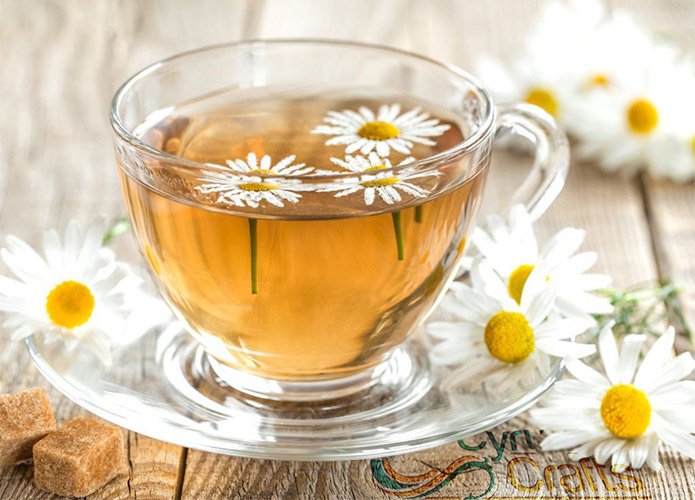
Leaf Tea
Leaves of some non-tea plants make excellent herbal tea.
Examples include Yerba Mate, made from the leaves of the South American rainforests' holly tree, and one of the few herbal teas with the caffeine content of Arabica coffee. Another prevalent herbal tea made out of non-tea leaves is Rooibos tea. Grown exclusively in South Africa, the leaves of the Rooibos plant turn red after processing and are caffeine-free.
Rooibos Tea the other Favoured Kinds of Tea
Rooibos is a particular type of herbal tea made from a plant native to South Africa. These teas are sometimes also referred to as red tea or red bush tea and are naturally caffeine free. Rooibos has a full body similar to black tea, making it a good option for people who enjoy black tea but are looking to avoid caffeine. It has a pleasant natural sweetness and is delicious when taken on its own or with a splash of milk. Rooibos can also be mixed with other ingredients to create flavored blends like Earl Grey Rooibos and Rooibos Chai.
Tea Varieties Review by CyrusCrafts
In this blog post, you briefly reviewed the tea varieties, such as black, green, white, matcha, and oolong. All types of tea have many health benefits and some side effects. Remember, overusing everything can be harmful, so don't overexpose any kind of tea.
CyrusCrafts, the company that drop-ships luxurious and unique items worldwide, hopes you find this article beneficial. In the comments section, you can ask questions about different kinds of tea. Moreover, you can visit our website store pages and order products at the best prices by filling out their order forms or texting us on WhatsApp.


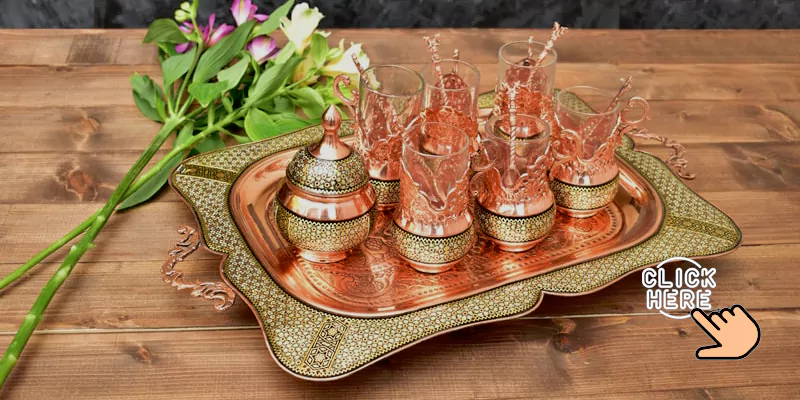






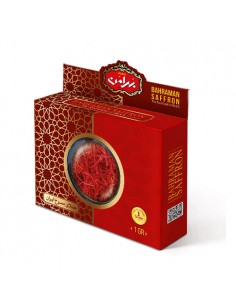

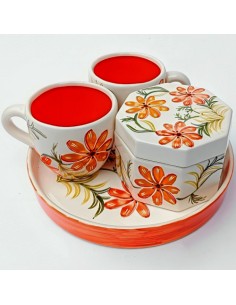

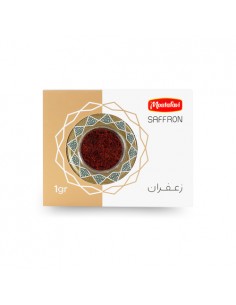

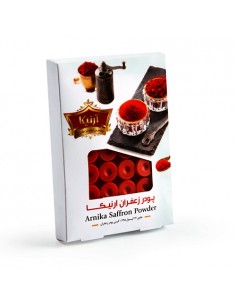

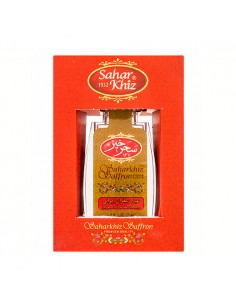

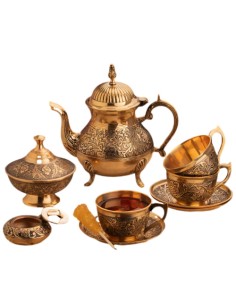

Comments (2)